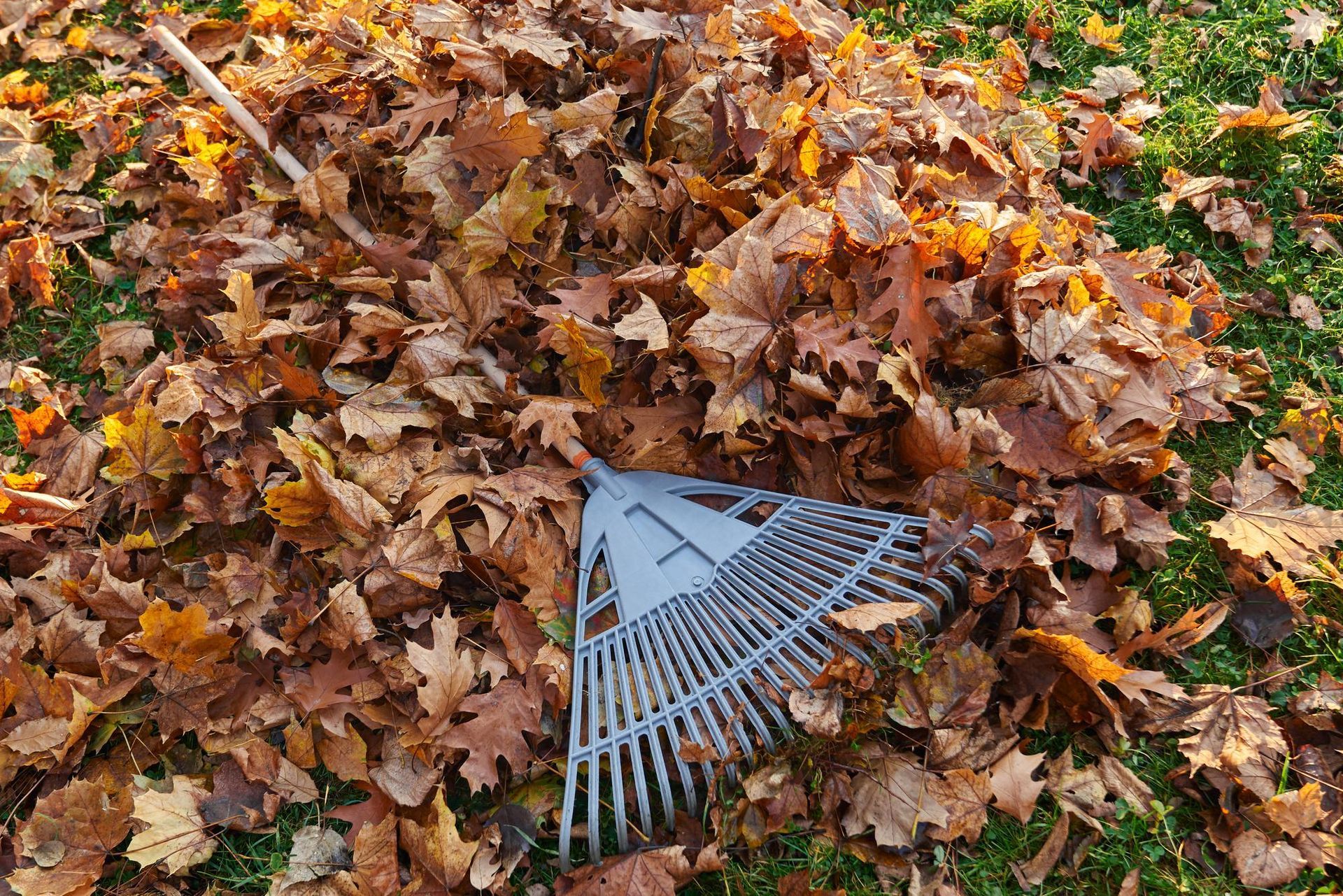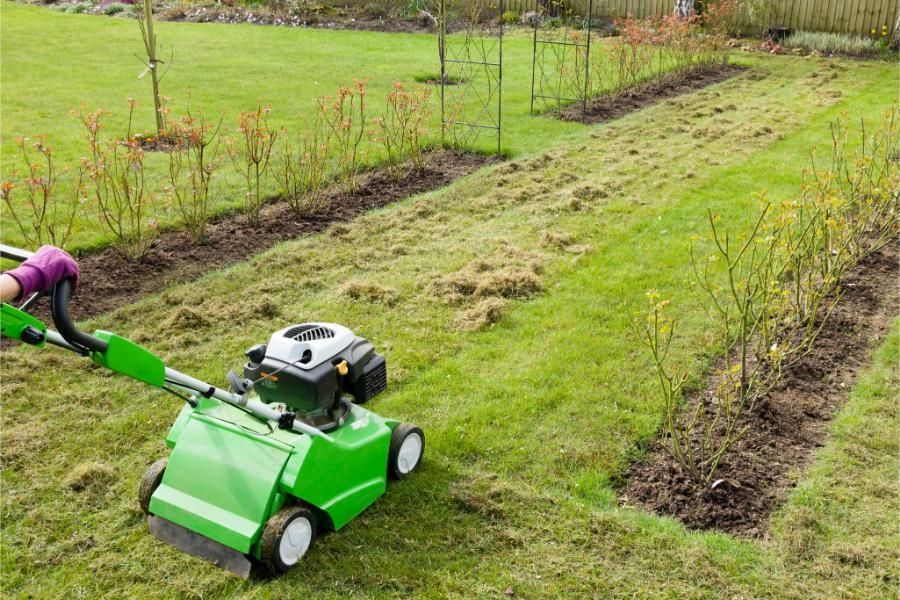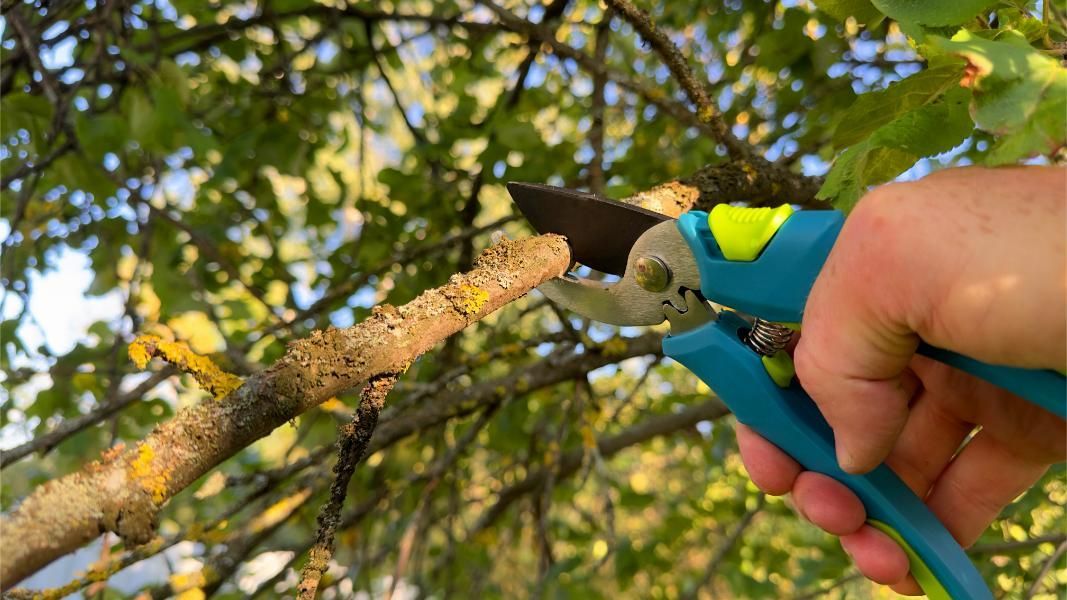Fall Maintenance
This is a subtitle for your new post

Fall Yard Maintenance: Preparing Your Lawn for Winter
As the leaves begin to change and temperatures dip, it's time to shift gears in your lawn care routine. Fall is not just the season of pumpkin spice and cozy sweaters; it's also a critical time for maintaining your yard. Proper fall maintenance sets the stage for a lush, healthy lawn come spring. Let’s dive into essential tasks and tips that will help prepare your yard for the colder months ahead.
1. Rake Up the Leaves
The vibrant colors of autumn are beautiful, but as leaves fall, they can create a layer of debris that suffocates your lawn. Raking leaves is a crucial fall task that prevents lawn diseases and promotes healthier grass. Not a fan of raking? Consider investing in a leaf blower or mulching mower to make the job easier. Mulched leaves can be left on the lawn, providing natural nutrients that enrich the soil.
2. Aerate Your Lawn
Aeration is the process of perforating the soil with holes to allow air, water, and nutrients to penetrate down to the root zone. This vital process helps alleviate soil compaction and promotes deep root growth. Fall is an ideal time for aeration because soil remains warm while the air cools, encouraging healthy grass growth. If you haven’t aerated your lawn in years, now’s the time!
3. Fertilize Your Yard
As your grass prepares for winter, it needs adequate nutrients to thrive. Applying a fall fertilizer can help strengthen your lawn’s roots and ensure it stores the energy needed for winter survival. Choose a high-potassium fertilizer, which enhances root growth and increases cold resistance. Follow the recommended application rates to avoid over-fertilizing, which can damage the grass.
4. Overseed if Necessary
If your lawn shows signs of thinning or bare patches, fall is the perfect time to overseed. This involves spreading grass seed over existing grass to fill in weak areas. Cool temperatures and moist conditions encourage seed germination. For the best results, make sure to choose grass seeds that are suitable for your regional climate and the sun/shade conditions of your lawn.
5. Trim and Prune
As you tidy up your landscape, don't forget to prune trees, shrubs, and ornamental plants. Removing dead or overgrown branches promotes healthy growth and prevents potential hazards during winter storms. Be careful with your trimming; focus on dead or damaged limbs rather than heavy pruning, which the plants may not withstand before winter.
6. Water Wisely
As temperatures cool, many homeowners mistakenly assume that their lawn requires little to no water. In reality, fall can be dry, and grass still needs moisture to stay robust. Continue to water your lawn as needed, aiming for about an inch of water per week until the ground freezes. As winter approaches, gradually decrease your watering frequency.
7. Prepare Your Equipment
Fall is also the ideal time to prepare your lawn care equipment for winter storage. Clean your mower, sharpen the blades, and ensure that any garden tools are in good condition. Don’t forget to add fuel stabilizer to your gas-powered equipment to prevent fuel from deteriorating while in storage. Taking these steps now will save you headaches when spring arrives.
8. Plan for Winter
Finally, consider your lawn's winter strategy. Depending on where you live, you may want to leave your grass longer during the winter months to insulate it from frost. Additionally, laying down a thin layer of mulch can help prevent erosion and filter water into the soil as it melts.
Conclusion
Embracing fall yard maintenance is key to nurturing a thriving lawn as the seasons change. By tackling leaf removal, aeration, fertilization, and pruning, you’re not just preparing your yard for winter—you’re setting it up for a vibrant and lush revival come spring. Remember to take the time to care for your lawn now, and you’ll be rewarded with a beautiful outdoor space for the months and years to come. Happy fall gardening!



